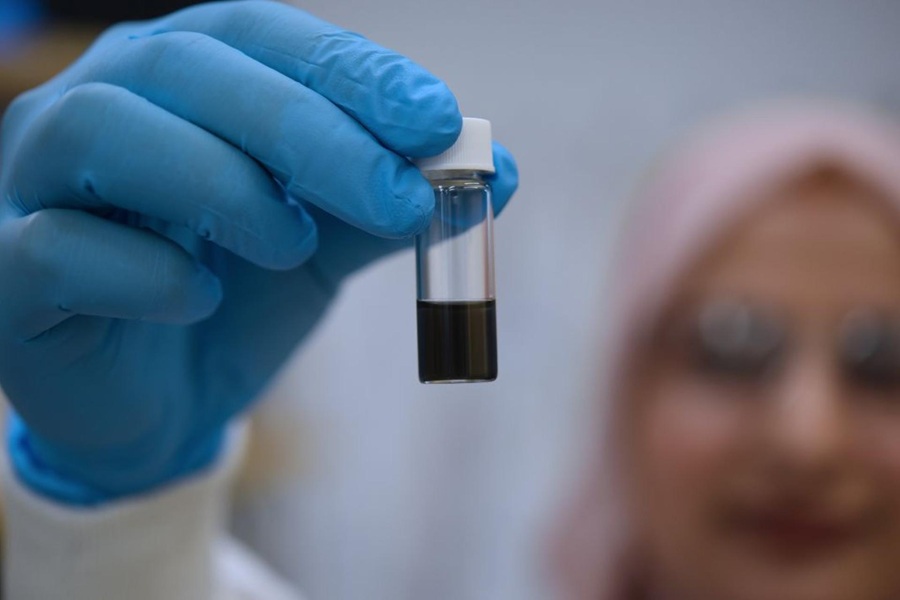Electronic Nose Identifies Different Types of Cancer
By LabMedica International staff writers
Posted on 02 Mar 2009
An electronic nose is capable of efficiently and accurately distinguishing between cancer patients and healthy people, and can even detect the location and nature of the tumor.Posted on 02 Mar 2009
The development of the electronic nose was based on the knowledge that dogs are capable of detecting cancer in earlier stages by sniffing the patient's breath. Dogs are able to identify molecules created by a tumor that circulate through patient's blood to the lungs, and leave the body when the patient exhales.
Dr. Hossam Haick, of the Russell Berrie Nanotechnology Institute in the Technion's Faculty of Chemical Engineering (Haifa, Israel) headed the team that developed the nose. He conducted a clinical trial together with Professor Abraham Kuten, director of the Rambam Medical Center Oncology Institute (Haifa, Israell). Breath samples were taken from 40 healthy people and 62 cancer patients treated in the hospital. The patients taking part in the trial suffered from lung, breast, colon, prostate, and head and neck cancer. They breathed into bags, which were transferred to the Technion for testing, and the results were compared to details of the patients' diseases according to the hospital's records.
All samples were tested by the electronic nose, and the findings showed that each type of cancer has a particular pattern of characteristic components. The electronic nose was not only able to distinguish between healthy and sick patients, but could also identify different types of cancer with a 92% success rate.
It is foreseen that people being tested will be able to breathe directly into the device. However, Professor Kuten said that the findings must be verified on a larger number of patients.
Related Links:
Technion's Faculty of Chemical Engineering
Rambam Medical Center Oncology Institute














